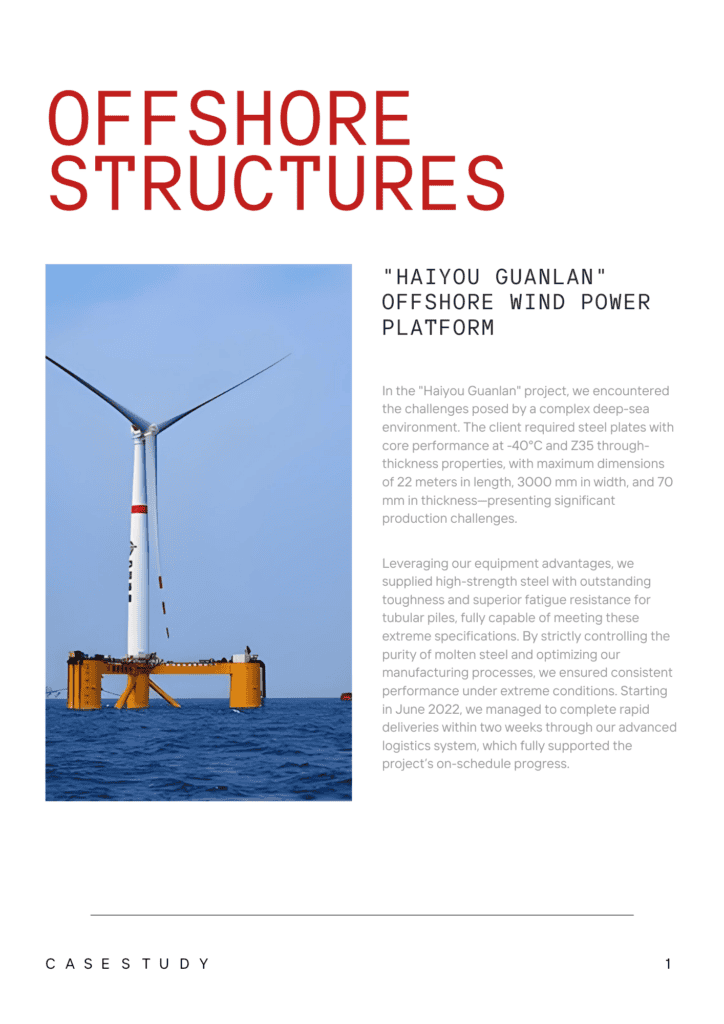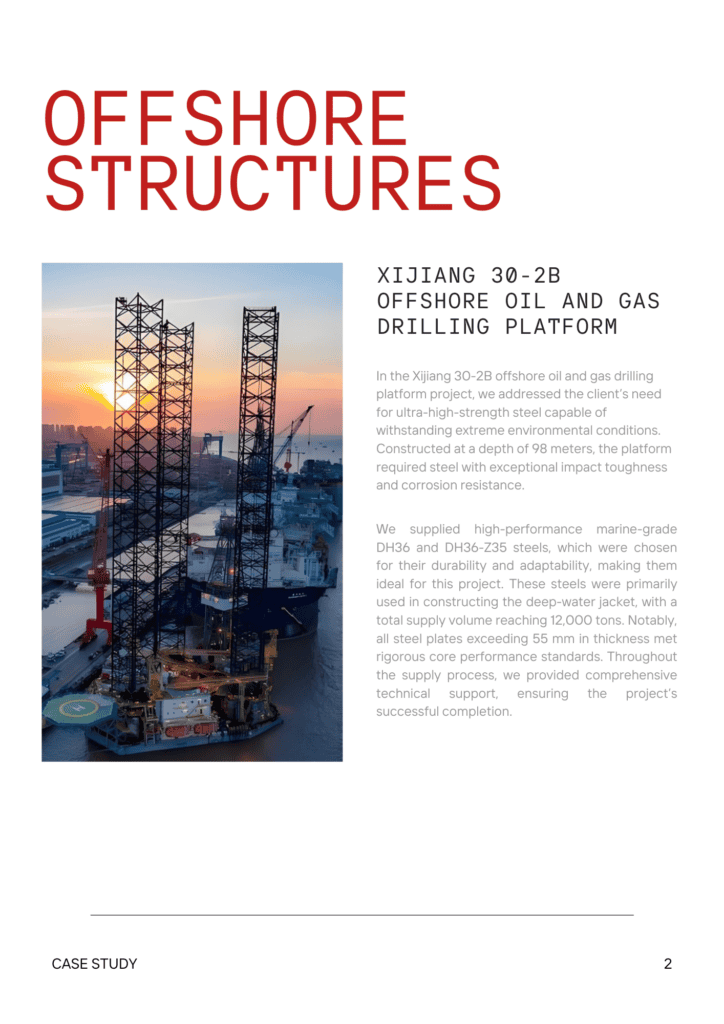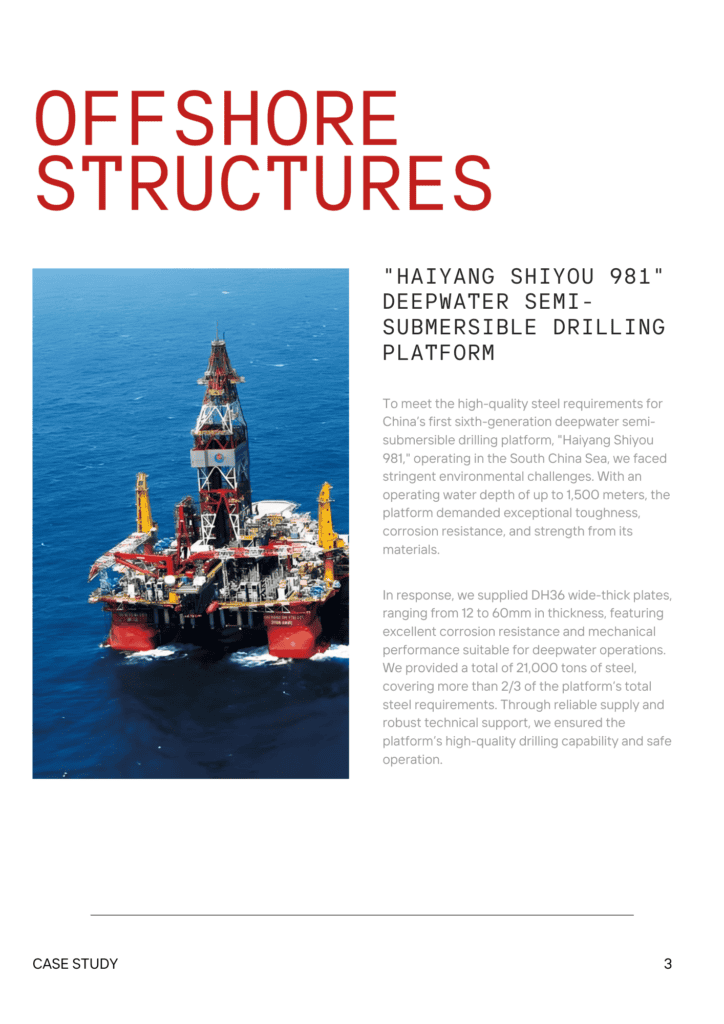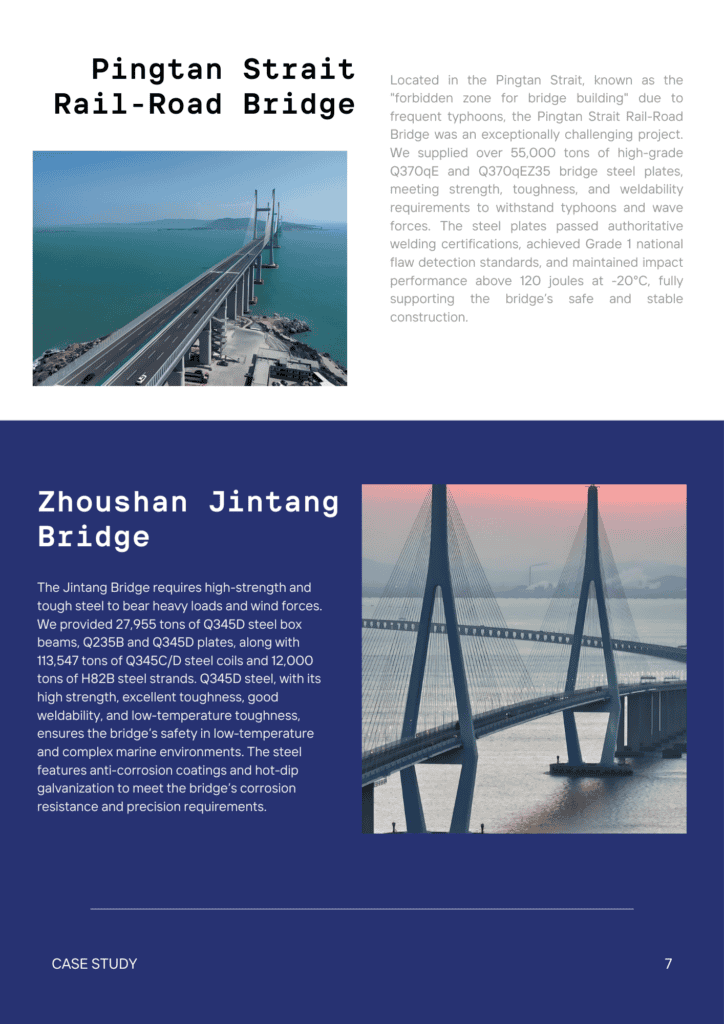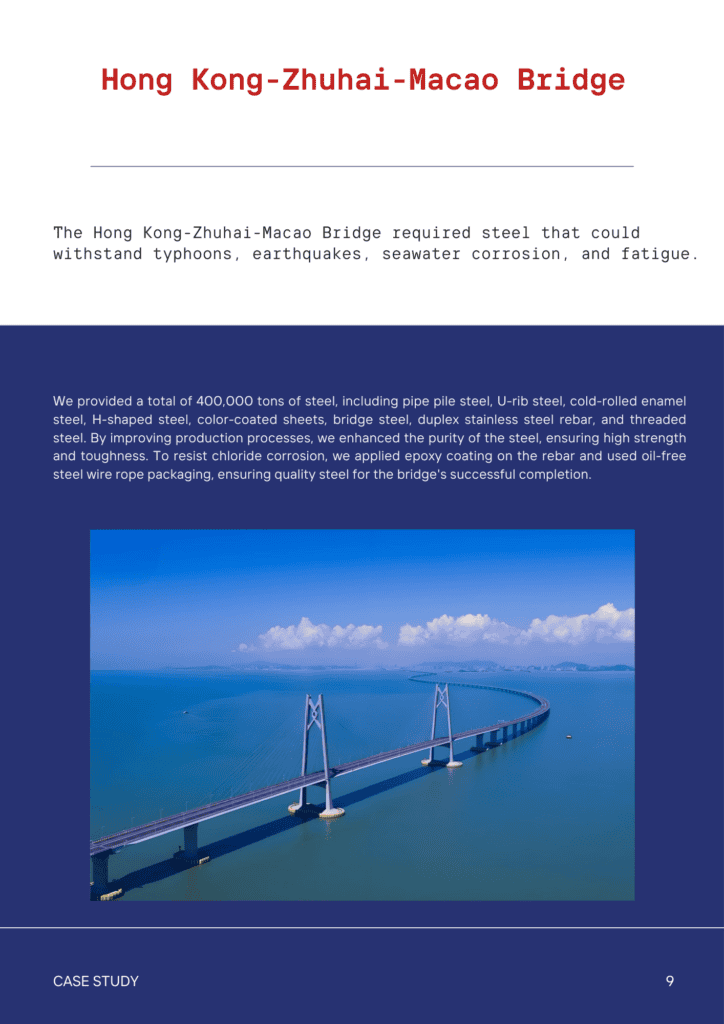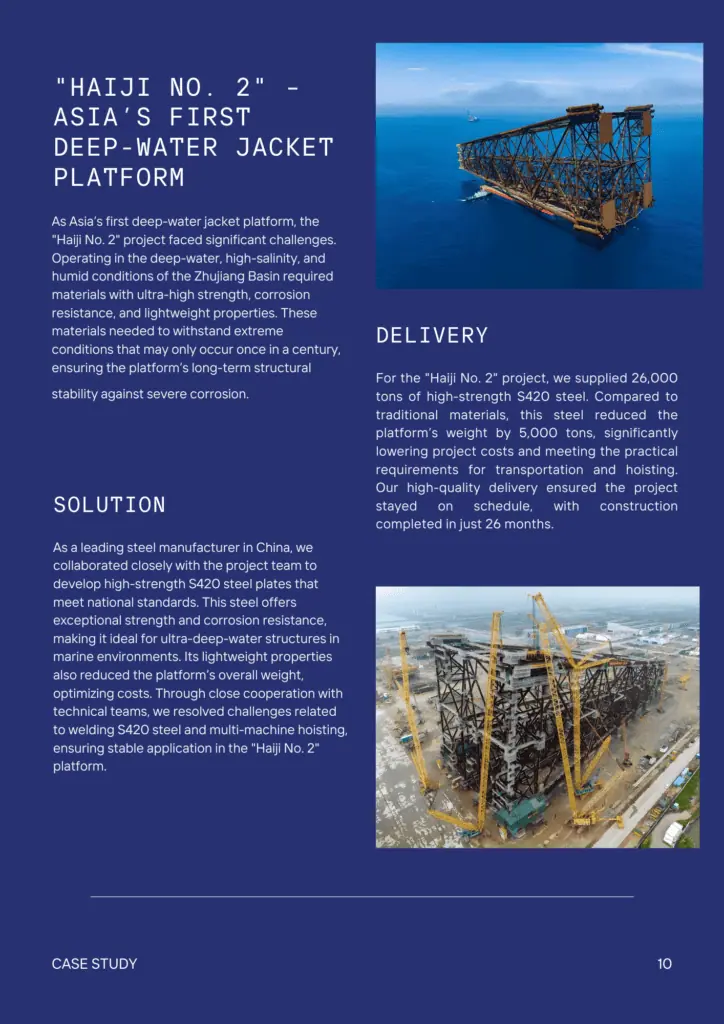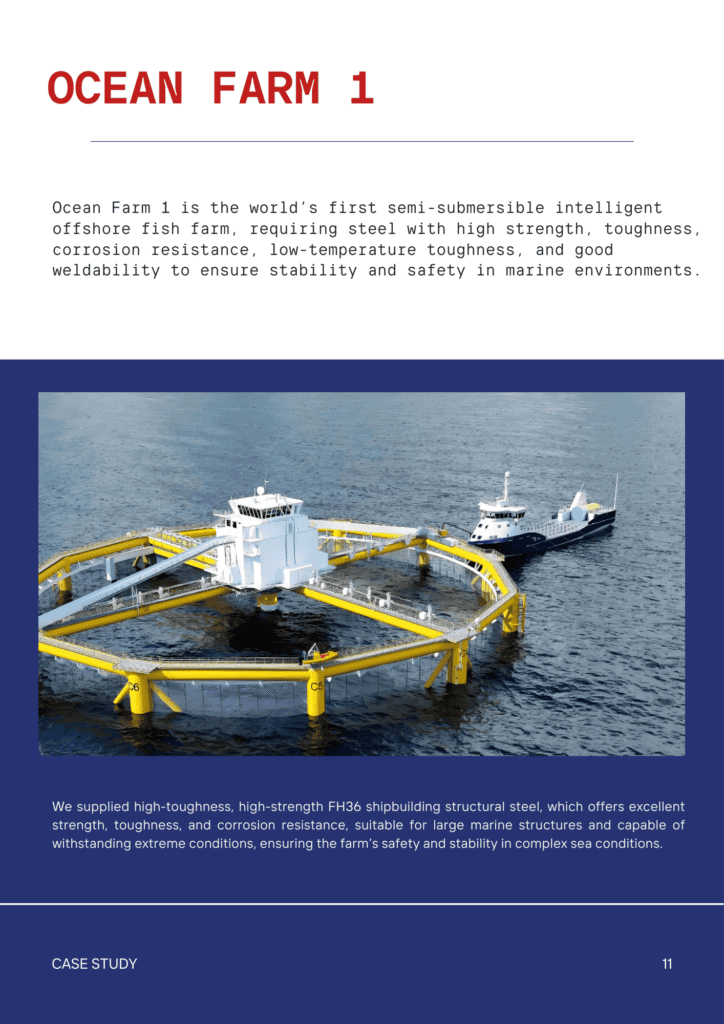Contents
High Speed Tool Steel T5 | T50025 | 1.3265 | SKN4
- John
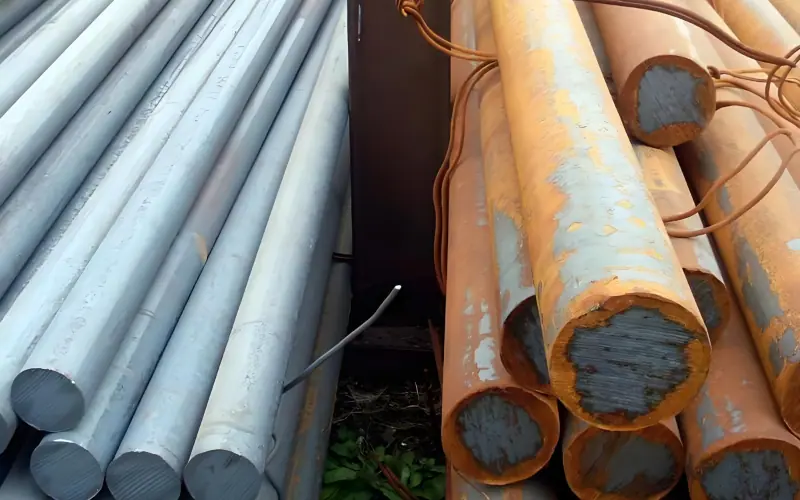
At SteelPro Group, our T5 Tool Steel meets ASTM A600, GB 9943, JIS G 4403, and other industry standards. With decades of experience, we ensure strict tolerance control for top-quality products.
What Is T5 Tool Steel?
T5 is a tungsten-based high-speed tool steel, classified under ASTM A600, with 18% tungsten and 9.5% cobalt. Its unique cobalt-tungsten combination provides better cutting efficiency and durability than molybdenum-based tool steels. It offers superior high-temperature performance, toughness, and wear resistance compared to T4. T5 achieves a surface hardness of 68-70 HRC after quenching and is primarily used for cutting tools and turning tools in high-strength alloy carbon steels.
What are the Equivalent Grades Of T5 Tool steel?
| Standard | Equivalent Grades |
| GB 9943 | W18Cr4V2Co8 |
| JIS G 4403 | SKH4A |
| ASTM A600 | T5 |
| ISO | HS18-0-1-10 |
| DIN EN/DIN | S18-1-2-10 |
| W-Nr. | 1.3265 |
| BS EN/BS | BT5 |
T5 Tool Steel Products Forms And Supply Range
| Property | Metric Value | Imperial Value |
| Product Form | Size Range (Metric) | Size Range (Imperial) |
| Round Bars | Diameter: 10 mm to 300 mm | Diameter: 0.4 in to 12 in |
| Length: 300 mm to 6000 mm | Length: 12 in to 236 in | |
| Square Bars | Size: 10 mm x 10 mm to 150 mm x 150 mm | Size: 0.4 in x 0.4 in to 6 in x 6 in |
| Length: 300 mm to 6000 mm | Length: 12 in to 236 in | |
| Flat Bars | Width: 20 mm to 400 mm | Width: 0.8 in to 15.7 in |
| Thickness: 5 mm to 100 mm | Thickness: 0.2 in to 4 in | |
| Length: 300 mm to 6000 mm | Length: 12 in to 236 in | |
| Plates | Thickness: 5 mm to 150 mm | Thickness: 0.2 in to 6 in |
| Width: 100 mm to 2000 mm | Width: 4 in to 79 in | |
| Thickness: 0.2 mm to 6 mm | Thickness: 0.008 in to 0.24 in | |
| Sheets | Width: 100 mm to 1500 mm | Width: 4 in to 59 in |
| Length: 300 mm to 6000 mm | Length: 12 in to 236 in |
T5 Tool Steel Chemical Composition
| Element | Composition |
| Carbon (C) | 0.75 – 0.85 % |
| Chromium (Cr) | 3.75 – 5.0 % |
| Cobalt (Co) | 7.0 – 9.5 % |
| Iron (Fe) | 61.1 – 68.3 % |
| Manganese (Mn) | 0.20 – 0.40 % |
| Molybdenum (Mo) | 0.50 – 1.25 % |
| Phosphorus (P) | ≤ 0.030 % |
| Silicon (Si) | 0.20 – 0.40 % |
| Sulfur (S) | ≤ 0.030 % |
| Tungsten (W) | 17.5 – 19 % |
| Vanadium (V) | 1.8 – 2.4 % |
T5 Tool Steel Physical Properties
| Property | Metric Value | Imperial Value |
| Density | 8.75 g/cc | 0.316 lb/in³ |
| Melting Point | 2750 °C | 4982 °F |
| Thermal Conductivity | 30 W/m·K | 17.4 BTU·in/hr·ft²·°F |
| Coefficient of Thermal Expansion | 11.2 µm/m·°C | 6.22 µin/in·°F |
T5 Tool Steel Mechanical Properties
| Property | Metric Value | Imperial Value |
| Hardness (HRC) | 65 – 69 HRC | 65 – 69 HRC |
| Poisson’s ratio | 0.27-0.30 | 0.27-0.30 |
| Modulus of Elasticity | 190-210 GPa | 27557-30458 ksi |
- The hardness (HRC) is measured under heat treatment conditions of quenching at 1200-1290°C (2192-2354°F) and tempering at 540-580°C (1004-1076°F).
T5 Tool Steel Heat Treatment
Forging
Heat it slowly to 650-750°C (1190-1380°F) at a rate of no more than 220°C per hour. Once it is at this temperature, heat it more quickly to the forging range of 1000-1150°C (1830-2100°F).
If the temperature drops below 950°C (1742°F), you’ll need to reheat it. After forging, cool the steel slowly in the furnace.
Annealing
Heat the steel to 820-870°C (1508-1598°F) at no more than 220°C per hour. Then, allow it to cool slowly in the furnace at a rate of 10-20°C per hour (50-68°F per hour) down to about 550°C (1022°F), before letting it cool in still air.
After annealing, its hardness should not exceed 285 Brinell.
Stress Relief
After machining and before hardening, stress relieving is important to avoid distortion. Heat the steel in a neutral atmosphere to 600-650°C (1112-1202°F), soak it for about two hours, and then cool it slowly in the furnace.
Hardening
Start by preheating T5 steel slowly to 820-870°C (1508-1598°F). Then, heat it to the austenitizing temperature. If using a salt bath, heat to 1277°C (2331°F); for a controlled atmosphere furnace, heat to 1288°C (2350°F). Quench the steel in a salt bath, thermal quenching, or a warm bath around 550°C (1022°F).
Tempering
Tempering should be done right after quenching. Heat the steel slowly and uniformly to 550-590°C (1022-1094°F). Soak it at the tempering temperature to achieve the desired hardness.
This table illustrates the variation in hardness (HRC) of T5 tool steel at different tempering temperatures.
| Temper(°C) | 100 | 150 | 200 | 250 | 300 | 350 | 400 | 450 | 500 | 550 | 600 | 650 |
| Temper (°F) | 212 | 302 | 392 | 482 | 572 | 662 | 752 | 842 | 932 | 1022 | 1112 | 1202 |
| Hardness (HRC) | 64 | 64.5 | 63 | 62.5 | 62 | 62 | 62.5 | 63.6 | 64.8 | 66 | 64 | 60 |
T5 Tool Steel Applications
Cutting Tools
T5 tool steel is commonly used in various cutting tools, such as drills, milling cutters, thread-cutting tools, and knurling tools.
Heavy-Duty Cutting
T5 is ideal for heavy-duty cutting applications, particularly for rough machining of high-strength steels, high-temperature alloys, and titanium alloys. It is also well-suited for processing difficult-to-machine materials, including cast alloys and gray cast iron.
Broaches and Punches
T5 tool steel is widely used in the production of broaches and cold extrusion punches. These tools benefit from T5’s high toughness and wear resistance, making them reliable for precision cutting, shaping, and forming operations.
Tailored T5 Tool Steel for Your Needs
At SteelPro Group, we offer T5 Tool Steel in the form of plates, bars, and flat bars, all provided in the annealed condition. We also provide other high-speed tool steel like T1 steel.
With high-precision grinding and a range of processing options, we can customize solutions for your specific project needs. Contact us today to discuss how we can support your next application with our top-quality T5 Tool Steel.




